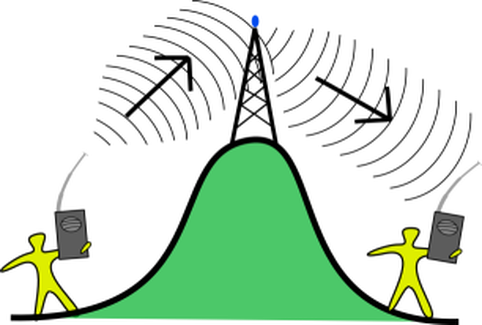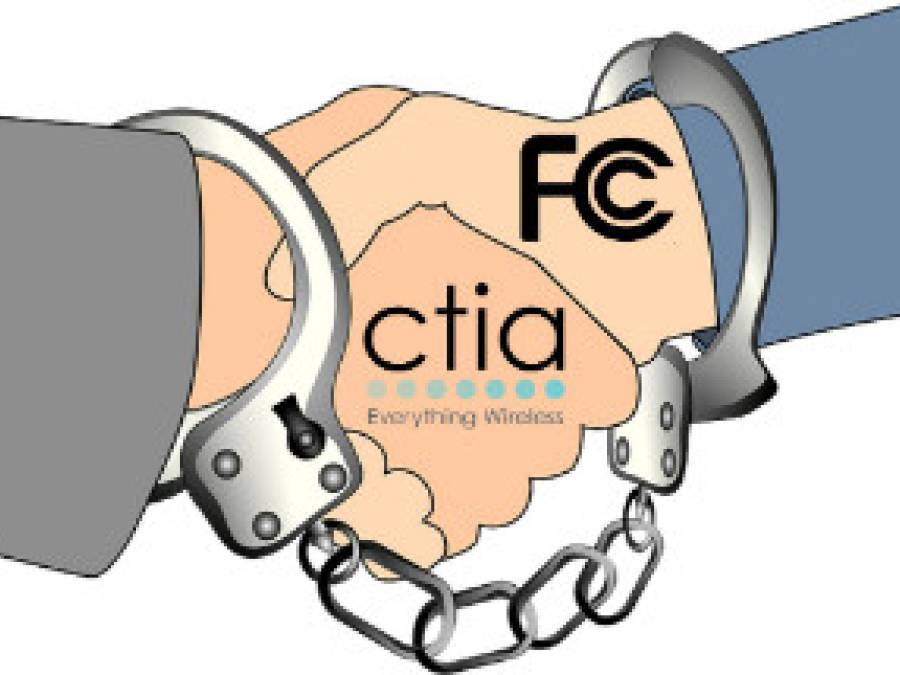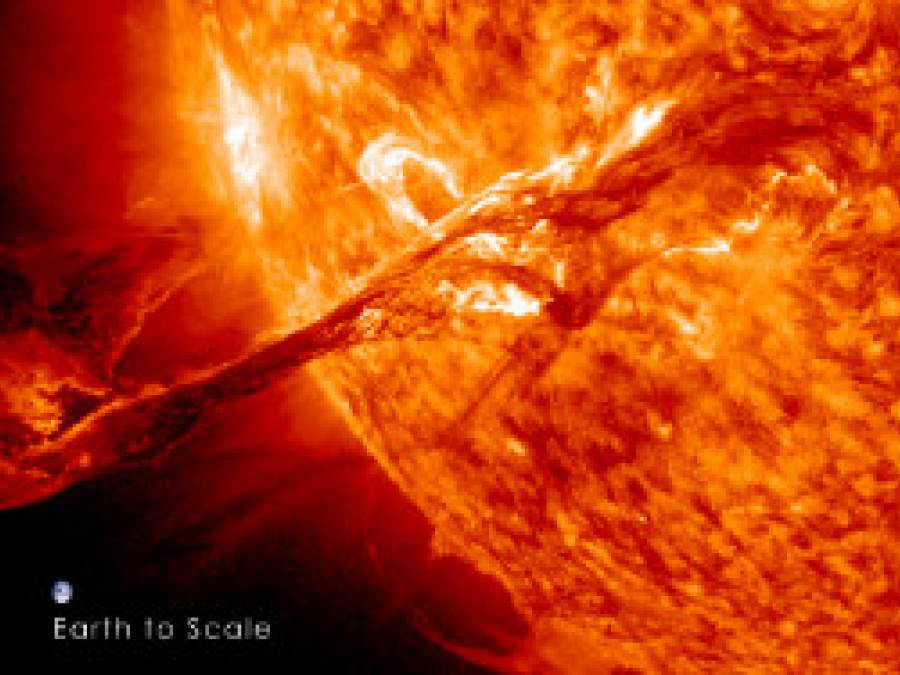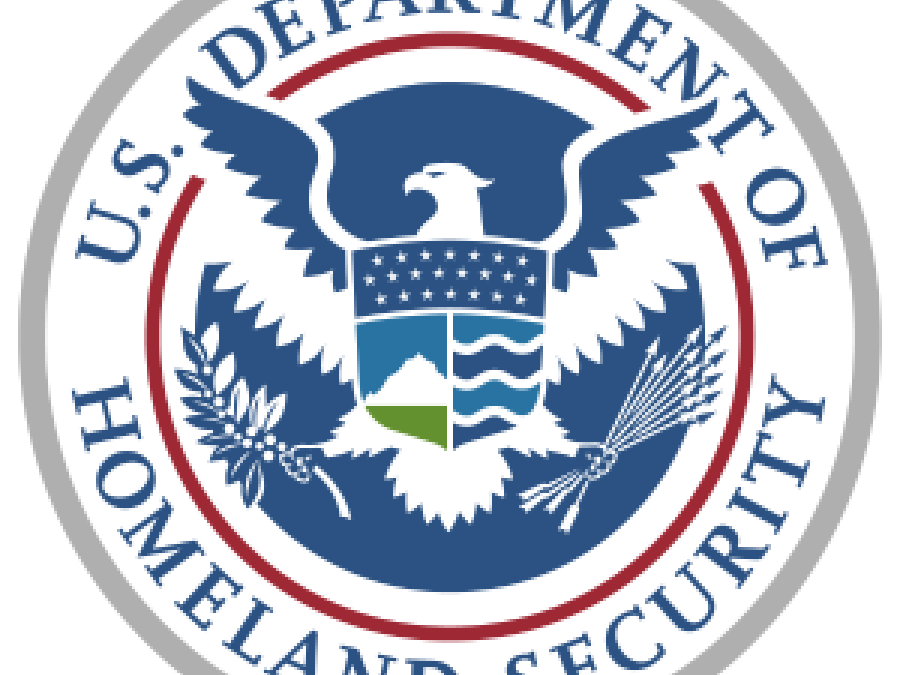 A Repeater is an automated radio station that receives on one frequency and simultaneously retransmits on a second frequency. The purpose of a repeater is to extend range, particularly on the VHF and UHF bands which tend to have line-of-sight propagation. Repeaters are usually installed at elevated locations that afford line-of-sight radio coverage over an expansive area, or they are placed where they can serve a smaller but particularly important area. Where two Amateur operators equipped with low-power hand-held radios might only be able to communicate directly over a mile or two, if they can both access a repeater, that range can extend to tens of miles or farther.
A Repeater is an automated radio station that receives on one frequency and simultaneously retransmits on a second frequency. The purpose of a repeater is to extend range, particularly on the VHF and UHF bands which tend to have line-of-sight propagation. Repeaters are usually installed at elevated locations that afford line-of-sight radio coverage over an expansive area, or they are placed where they can serve a smaller but particularly important area. Where two Amateur operators equipped with low-power hand-held radios might only be able to communicate directly over a mile or two, if they can both access a repeater, that range can extend to tens of miles or farther.
When it is desirable to cover an area too large for a single repeater, two or more repeaters can be interconnected such that whatever is heard on any one is retransmitted by all. The links that carry the signals between repeater stations can use radio, microwave, wire line or the Internet. The effect of linking individual repeaters together is that they operate as if they were a single repeater. BeachNet uses radio links in the UHF (400 MHz) part of the radio spectrum to link the network together.
Most repeaters today use some form of access control, requiring a particular signal on the transmission from your radio to cause the repeater to activate its transmitter. The repeater transmitter won't turn on unless that signal is present. An appropriate decoder detects the presence of the signal. It takes a finite period of time for the decoder to determine if the correct signal is present, in the range of 200 to 300 milliseconds. So, the repeater transmitter doesn't even start to turn on for at least a quarter second after you key up. If you are using a linked repeater system, this decoding process is repeated, sequentially, in the radio links connecting the various repeaters. This can add up to a full second or more. Since the repeater transmitter isn't even operating until the decoders have had time to do their job, not pausing for at least that length of time will cause the first words of your speech to be cut off. Most repeaters use CTCSS for access control on the repeaters and radio links that comprise the system. It is recommended that the user pause for 1 to 2 seconds after keying up before speaking.
Repeater Use Guidelines
- Always identify yourself according to FCC regulations.
- Avoid lengthy conversations, pause between transmissions.
- When using EchoLink, identify yourself often and do not “park” on a connection.
- Do not interrupt existing conversations unless you have something meaningful to add.
- Yield existing conversations to recognized activities: ARES Nets, special events, etc.
- Move your conversation to a simplex frequency as soon as possible.
- Do not engage in political soap boxing. Do not engage in any personal antagonisms.
- Do not use CB lingo/slanguage. Do not use “Q” codes and phonetics excessively.
- Always yield the frequency to a breaking station (any station with emergency traffic).
- Selling items OTHER than ham related equipment is not allowed.
- Watch your language; repeaters are considered "G-Rated" 24 hours a day.
- If you hear stations jamming or interfering, do not make any comment; ignore them. Do not antagonize those interfering.
- Transmitting touch tones to gain control of repeater functions, or to cause interference to users is prohibited. This includes ANY transmission intended to disrupt communications between users.











